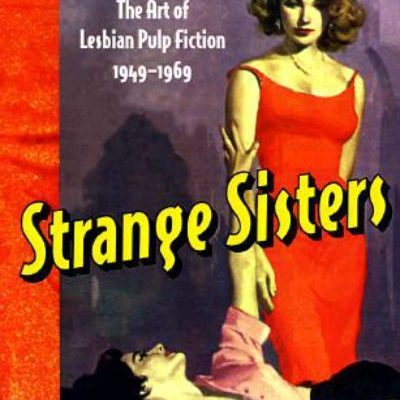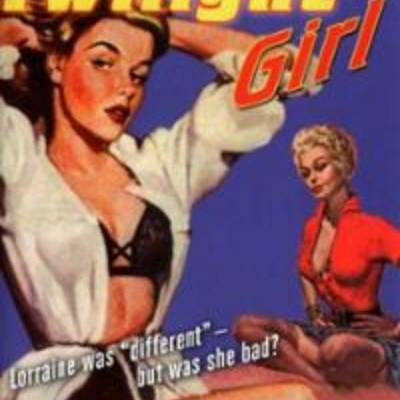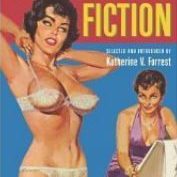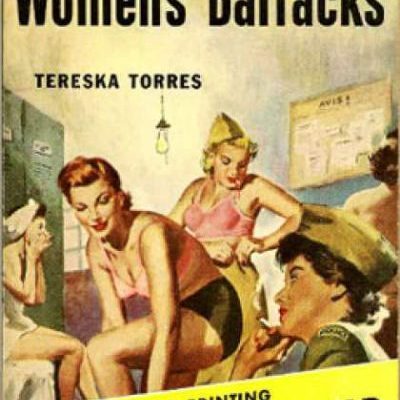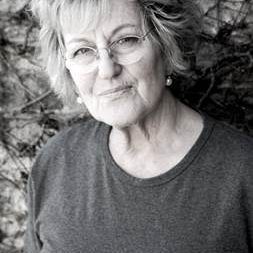 Small-town girls and big city passions collide in this classic pulp tale.
Small-town girls and big city passions collide in this classic pulp tale.
Published in 1959, ‘The Girls in 3-B’ is the story of three friends, Pat, Annice and Barby, who leave their family homes to move to Chicago. Each of them sought independence, but all for differing reasons. Upon arriving in Chicago, each girl is eager to make their way in this big city, however as the book unfolds, this does not always go to plan.
‘The Girls in 3-B’ is similar to Tereska Torres’ ‘Women’s Barracks’ in that it focuses on a variety of different stories and the lesbian plotline is not the central theme of the book. By simply including that content, however, the book was labelled as a lesbian pulp.
The books central lesbian character, Barby, leaves behind a troubled background. At the beginning of the novel, we see her parents arguing about whether she should go to Chicago, and the reader sees firsthand the strain this places on Barby’s physical and mental health. Relieved, that she is finally able to go, Barby hopes that a move away from the family home will help her overcome her fears and anxieties.
As the plot unfolds, Barby discovers her same-sex attraction to her work colleague Ilene and although confusing at first, Barby finally finds her ‘safe place’. It is here the reader begins to learn more about what has happened to Barby in her life. It is here also that I started to question how Barby’s lesbianism is interpreted by different groups of readers. For it may be read that Barby was gay all along and that she is finally able to explore this through her relationship with the more experienced Ilene. It could also be read that Barby’s life before moving to Chicago caused her great pain and developed a fear of men, which led her to feel safe with a woman
The latter view harks back to psychoanalytic theories of lesbianism which were used as a way to explain why women chose to be in relationships with other women. This then linked into the view that gayness could be cured and was a choice, another widely held view in that era, and unfortunately still held by some today. . Lisa Walker from the University of Southern Maine states in the afterword of the novel:
In spite of its generally positive depiction of lesbianism, The Girls in 3-B is not unmarked by the constraints of the genre or by popularized Freudian understandings of homosexuality.
I found it difficult to write this review and not give too much away about the plot, however, I can say that what Taylor does with this novel is depict a world where the stereotypical image of the 1950’s female is turned on its head and each girl, in their own way, strives to find their own independence. My own copy of the book is from the ‘Femme Fatales’ pulp series published by The Feminist Press, which gives a fascinating analysis of the text in the afterword.

